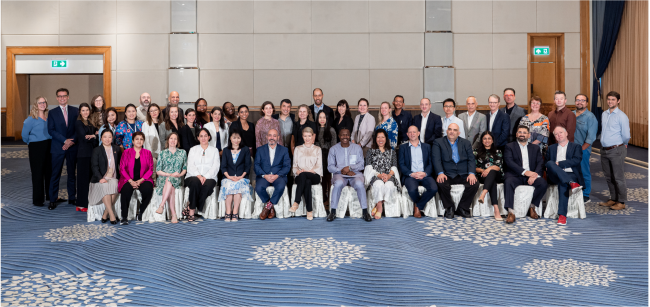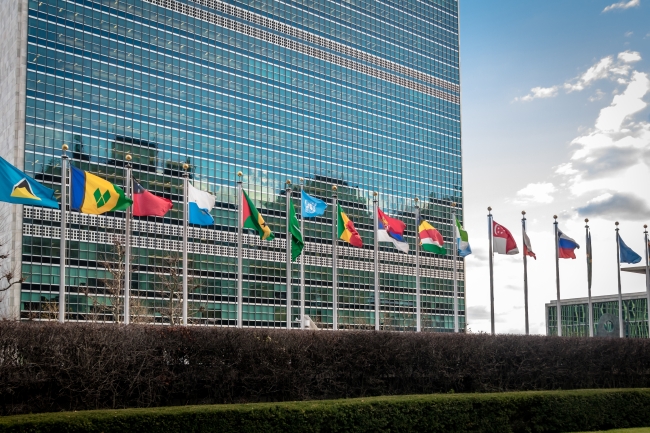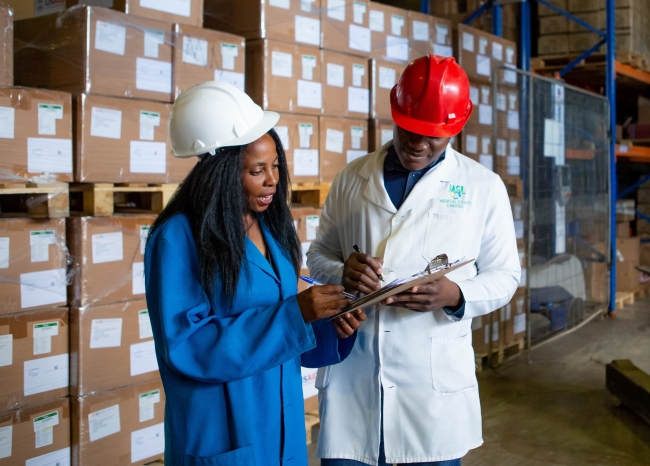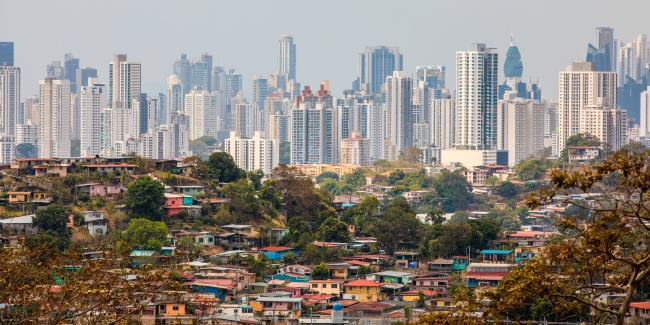Financing Climate Resilience - Balancing Access and Impact in the IGAD Region

Financing Climate Resilience - Balancing Access and Impact in the IGAD Region
13 November, 2024
The humanitarian costs of climate related crises in the IGAD region have risen significantly over the last few decades. The prolonged drought of 2023 left 23.4 million people food insecure in the region with an estimate of 2.7 million people displaced. There are, however, insufficient financial resources to adequately respond to such events which are occurring more frequently and with greater intensity. Moreover, underlying drivers of the vulnerability of communities in the Intergovernmental Authority on Development (IGAD) region to these crises continue to increase, despite the ‘significant’ levels of investment to date. The increasing financial burden brought about by climate-related crises in the region cannot be sustained with increasing ‘donor fatigue’ and resulting competition for funding.
The purpose of this paper therefore is to examine the way in which resilience has been financed in the IGAD region, and to propose a shift in the way in which it is structured to maximise access and impact. Resilience finance considers all forms of domestic and international funding, including humanitarian, climate, and development finance. The paper draws on data from Kenya, Ethiopia and Somalia as a sample for broader consideration across the IGAD region. The paper charts a way forward that will support member states in implementing the IGAD Climate Adaptation Strategy (2023-2030).







